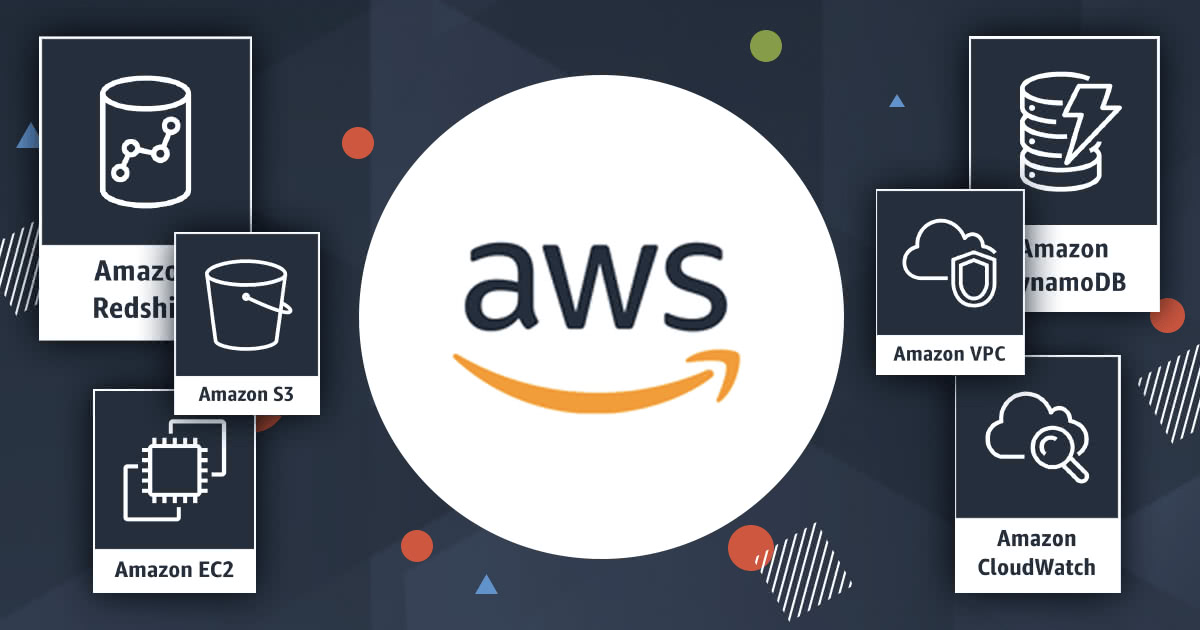When evaluating the performance of AWS and Google Cloud, there are several factors to consider. Here are some key factors to take into account:
- Latency and Network Performance: Latency, or the delay in data transmission, can significantly impact application performance. Consider the network architecture, data centers’ proximity to your target audience, and the cloud provider’s global infrastructure. Both AWS and Google Cloud have extensive networks, but the proximity of their data centers to your users or services can affect latency.
- Compute Performance: Assess the compute capabilities of the cloud provider. Consider factors such as CPU performance, memory capacity, and storage performance. Evaluate the specifications of the available instance types, including CPU generations, clock speeds, and networking capabilities. It’s essential to match your workload requirements with the appropriate instance types offered by the cloud provider.
- Storage Performance: Storage performance is crucial, especially for applications with high I/O requirements or large data volumes. Evaluate the performance characteristics of various storage options, such as block storage (e.g., Amazon EBS or Google Persistent Disk), object storage (e.g., Amazon S3 or Google Cloud Storage), and file storage (e.g., Amazon EFS or Google Cloud Filestore). Consider factors such as throughput, latency, and scalability.
- Database Performance: If you’re using managed database services like Amazon RDS or Google Cloud SQL, evaluate the performance characteristics of these services. Consider factors such as read/write throughput, latency, scalability, and support for features like auto-scaling and replication. Assess the compatibility and performance of specific database engines available on each platform (e.g., MySQL, PostgreSQL, etc.).
- Load Balancing and Auto Scaling: Performance can be optimized by utilizing load balancing and auto scaling features offered by both AWS and Google Cloud. Evaluate the capabilities and configuration options of load balancers and scaling policies to ensure they align with your application’s performance requirements.
- Content Delivery Network (CDN): CDN services, such as Amazon CloudFront and Google Cloud CDN, can improve performance by caching and delivering content closer to end-users. Assess the global coverage, integration options, and performance characteristics of CDNs provided by both platforms.
- Monitoring and Analytics: Evaluate the monitoring and analytics tools provided by each cloud provider. Look for features like real-time metrics, logs, and tracing capabilities. Performance monitoring and analysis tools can help identify bottlenecks, optimize resource allocation, and troubleshoot performance issues.
- Benchmarks and Case Studies: Consider industry benchmarks, performance tests, and case studies that compare the performance of AWS and Google Cloud. These resources can provide insights into real-world scenarios and help you make informed decisions based on objective data.
It’s important to note that performance can vary based on workload characteristics, configurations, and the specific services used within each cloud platform. Conducting performance tests and benchmarks specific to your application and workload can provide the most accurate assessment of performance across AWS and Google Cloud.
SHARE
